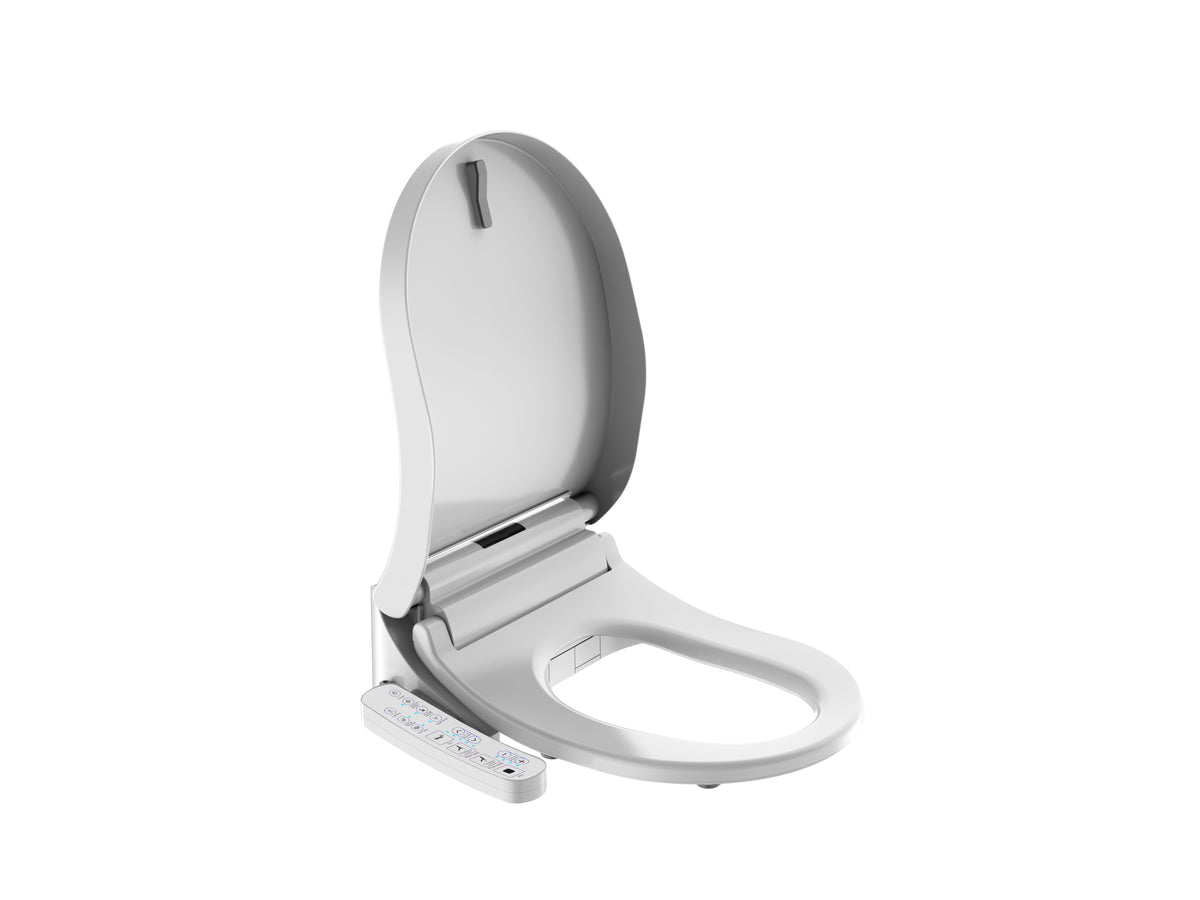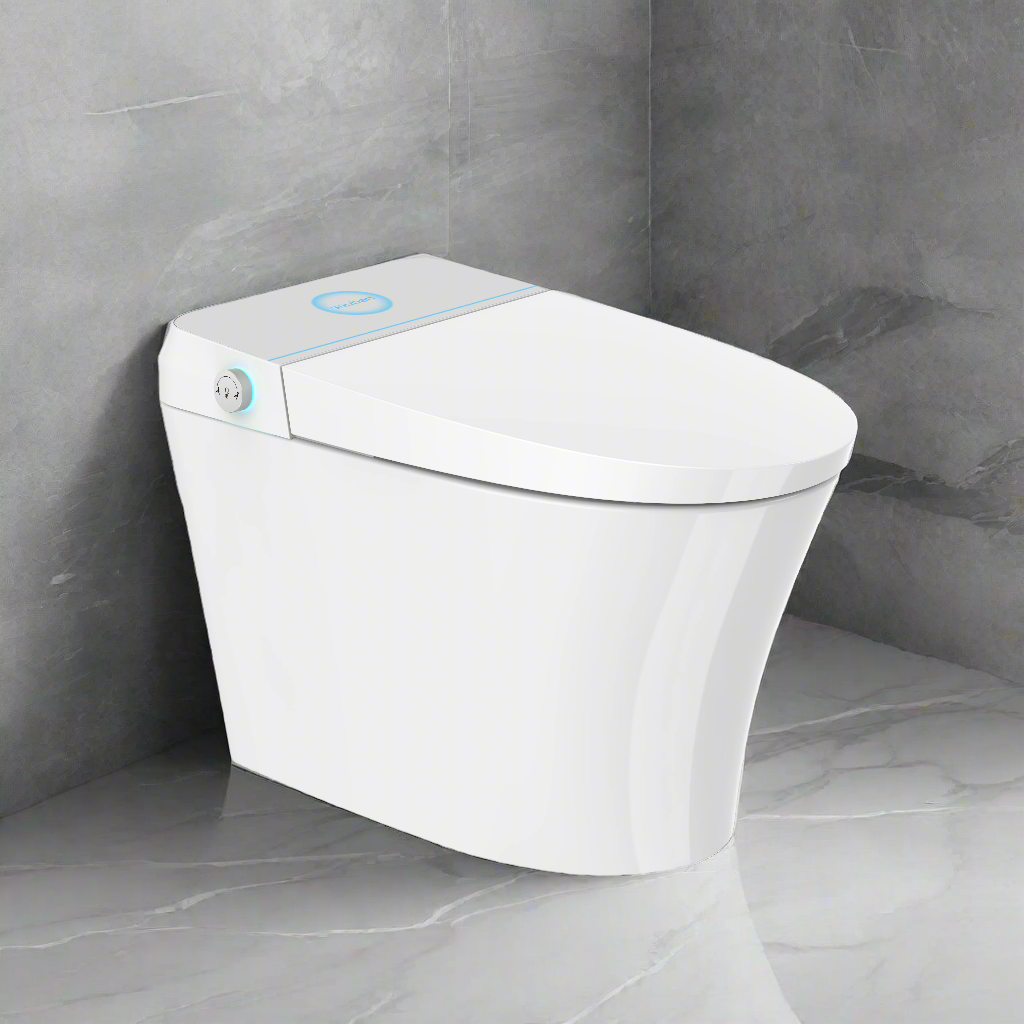Creating bathrooms that are accessible and safe for older adults can be a difficult but rewarding task. In this blog post, we will discuss all of the essential design elements to consider when designing a bathroom for an older adult, from walk-in showers with plenty of support to lighting and material choices that make bathing easier.
With a thoughtful focus on the unique needs of each individual senior, you can create a functional, comfortable bathroom space that increases their safety while promoting their independence. Read on to learn more about how to create an ideal bathroom environment for those in later years.
Design Considerations for Elderly Bathrooms
Designing a bathroom specifically for elderly users requires special consideration. Many interventions need to be thoughtfully incorporated to make the space functional, accessible, and safe. This includes things like larger doorways, built-in non-slip mats for the bath or shower, lowering of countertops and sinks, installation of grab bars and other safety accessories, and adding products that can provide support, such as shower chairs or elevated toilets.

Additionally, surfaces should be low maintenance since cleaning can sometimes be difficult for the elderly. Taking all these considerations into account beforehand is essential in creating a bathroom suitable for the elderly which encourages mobility and gives peace of mind.
Making a Bathroom Safe and Accessible
Safety and accessibility are important for all older adults, especially in their own homes. Making a bathroom safe and accessible for older people can help them avoid costly trips to the hospital due to potential falls and other injuries. Installing grab bars next to the toilet and tub is beneficial because they provide extra stability when transferring from the wheelchair or onto the toilet seat.
Additionally, adding a handheld shower attachment is helpful for those who have impaired hand dexterity or may lack the strength to hold up a shower head. Lastly, consider reducing clutter in the bathroom; ensure that items such as soap and toilet paper are easily reachable without bending or stretching so that slips won't occur while searching for cleaning products. All these precautions will make a safer, more accessible environment that can help prevent calamitous bathroom accidents among older individuals.
Proper Lighting & Mirrors Placement
When designing a bathroom for an older adult, proper lighting and placement of mirrors are key. Good lighting helps avoid falls or slipping as it dims the shadows that can make the floor look uneven. In addition, higher-wattage light bulbs provide the best illumination level for those with poor vision. Strategic placement of mirrors is also necessary to allow easy access when performing grooming or hygiene habits such as brushing teeth or applying makeup.
Mirrors should be angled so that reflections can be seen from standing or seated positions- this allows seniors to perform activities without undue strain on their backs or necks. With thoughtful design elements and attention to detail, an appropriately lit and mirrored bathroom provides comfort and safety for senior citizens in their homes.
Non-Skid Flooring Considerations
When designing a bathroom for the elderly, non-skid flooring is an essential safety consideration. Slip and fall accidents can be hazardous for people of any age, but for the elderly, it can cause harrowing implications due to already weakened bones and often limited mobility. Non-skid floor surface materials are designed specifically to reduce the risk of serious injuries related to slips and falls in wet areas such as bathrooms and showers.
Installing enough handrails that provide sturdiness when leaned on can also help to prevent dangerous incidents. Another important detail to consider is the colour scheme of the tiles. Non-skid surfaces are available in a wide variety of colours. Still, they should remain in contrast with the wall coverings so that they are properly visible, thus alerting occupants that they are moving out of dry and into wet slippery surfaces.
Grab Bars and Supportive Handles
While all bathrooms should strive to be safe and comfortable for those of any age, when designing a bathroom for an elderly user, special attention must be paid to safety. Installing grab bars and supportive handles throughout will help prevent falls and provide extra stability for getting in and out of the shower or bath and generally manoeuvring around the room.
Choose thicker, sturdier models that are properly secured into wall studs to provide the most secure foundation. And while they may not be aesthetically pleasing, strategically placed grab bars can seamlessly blend into any design while offering valuable support – items like textured designs or those with wood grain exteriors may be the best choice.
Raised Toilets & Adjustable Seats
When designing a multi-generation home, an important consideration is designing a safe and comfortable bathroom for the elderly. Raised toilets and adjustable seats are two key components that should be incorporated in such spaces to allow better mobility, reach, and comfort. Without these elements, accessing the toilet can become complex or unmanageable for someone with mobility challenges.
Toilets with a height of 17 inches or higher provide greater stability while sitting down, while adjustable seats enable users to adjust their seat heights according to their preference. Toilets could also include additional features such as side rails or wall bars to give extra support when getting up and down or emergency call buttons for peace of mind. Despite being seen as a luxury today, raised toilets and adjustable seats provide significant long-term value for both comfort and safety for elderly bathroom users.
Wider Doorways & Increased Clearance
Accommodating the needs of the elderly doesn't just mean ensuring that medications and medical equipment are properly maintained but also that seniors have a safe spot to handle basic hygiene tasks such as using the restroom.
When designing a bathroom for elderly use, it's essential to recognize the physical limitations many seniors face; wider doorways and increased clearance can dramatically improve access, allowing individuals with mobility issues or aides to move freely in and out of the space. It also allows room for manoeuvring walkers, wheelchairs, and other assistive devices more easily throughout. These necessary steps will make all the difference in creating a comfortable environment and accessible for seniors.
Showers and Baths with Slip-Resistant Surfaces
Elderly bathrooms should be designed to reduce hazards and keep seniors safe while using the facilities. Installing showers and baths with slip-resistant surfaces is a great way to achieve this goal. These surfaces provide additional friction, helping seniors feel steady as they transfer in and out of the tub or shower. Slip-resistant surfaces are easy to clean and maintain, making them an ideal choice for elderly individuals who prefer low-maintenance options.
Furthermore, they can provide non-slip support without sacrificing the luxurious look of more traditional bathroom fittings. The extra safety measures can bring much-needed peace of mind when designing bathrooms for the elderly.
Heated Bathroom Floors & Towel Warmers
When designing bathrooms for the elderly, comfort should be the priority. Heated bathroom floors are a great way to keep the feet and whole body warm when elderly individuals are bathing or using the restroom. Not only does this help improve circulation, but it can also reduce slips and falls from cold temperatures.
An added luxury would be to include towel warmers in the bathroom; imagine having your towel warm before getting out of the shower for added comfort after you dry off!
Smart Toilets: Pros and Cons of Automation Solutions
Automating solutions such as smart toilets can provide several benefits when designing a bathroom for an older adult. Features such as automatic flushing, bidets, hands-free operation and high-tech seating options can be great convenience factors for seniors. But there may be some drawbacks to consider as well. Smart toilets also require higher installation and maintenance costs than manual models, although it's worth it for the added comfort that they provide.

Furthermore, people may not feel comfortable with the idea of technology controlling something as private as using the restroom. Ultimately, it's important to weigh both the pros and cons before designing bathrooms specifically tailored to seniors.
Fixtures, Faucets, and Sinks Designed for Ease of Use
When designing a bathroom for the elderly, fixtures, faucets, and sinks should be an area of focus. Sinks should have adjustable heights or wheel-accessible options that allow the user to transition from a wheelchair to standing or sitting easily.
Faucets should also be designed for ease of use, as many elderly individuals may suffer from joint pain or preventative dexterity. Temperature control on these fixtures also serves an important function, as people may be more prone to burns due to thinning skin brought on by ageing. Providing numerous user-friendly features during bathroom design is essential to making it safe and comfortable for all users.
Ageing in Place: Benefits of Incorporating Technology
Ageing in place can greatly benefit seniors, providing them with an alternative living arrangement to nursing homes or assisted living facilities. An important aspect of ageing in place is modifying the home environment to fit the needs of the elderly.
As such, incorporating technology when designing bathrooms for seniors is an effective way of creating safer and more accessible bathrooms. Technological solutions such as sensor-activated lights and faucets, wheelchair-friendly shower stalls, ramp access over tubs, automatic toilet flushers and bidet attachments can all help make the bathroom much easier to navigate for those with physical limitations.
Additionally, installing grab bars and barriers by toilets can reduce the risk of falls - further improving safety. Incorporating technology into bathroom design may be a small feature in overall ageing-in-place plans, but it can have tremendous advantages for seniors looking to remain independent and live at home longer.
Conclusion
When planning a new bathroom or renovating an older one, it is essential to keep the needs of elderly users in mind. By incorporating features such as grab bars, lever handles, and raised toilets, you can create a safe and functional space that will meet the needs of all your family members for years to come.
Create a comfortable bathroom experience with a bidet toilet seat from our British design team, which include a bidet, dryer and remote controls. Find out more about the health benefits of bidets.


